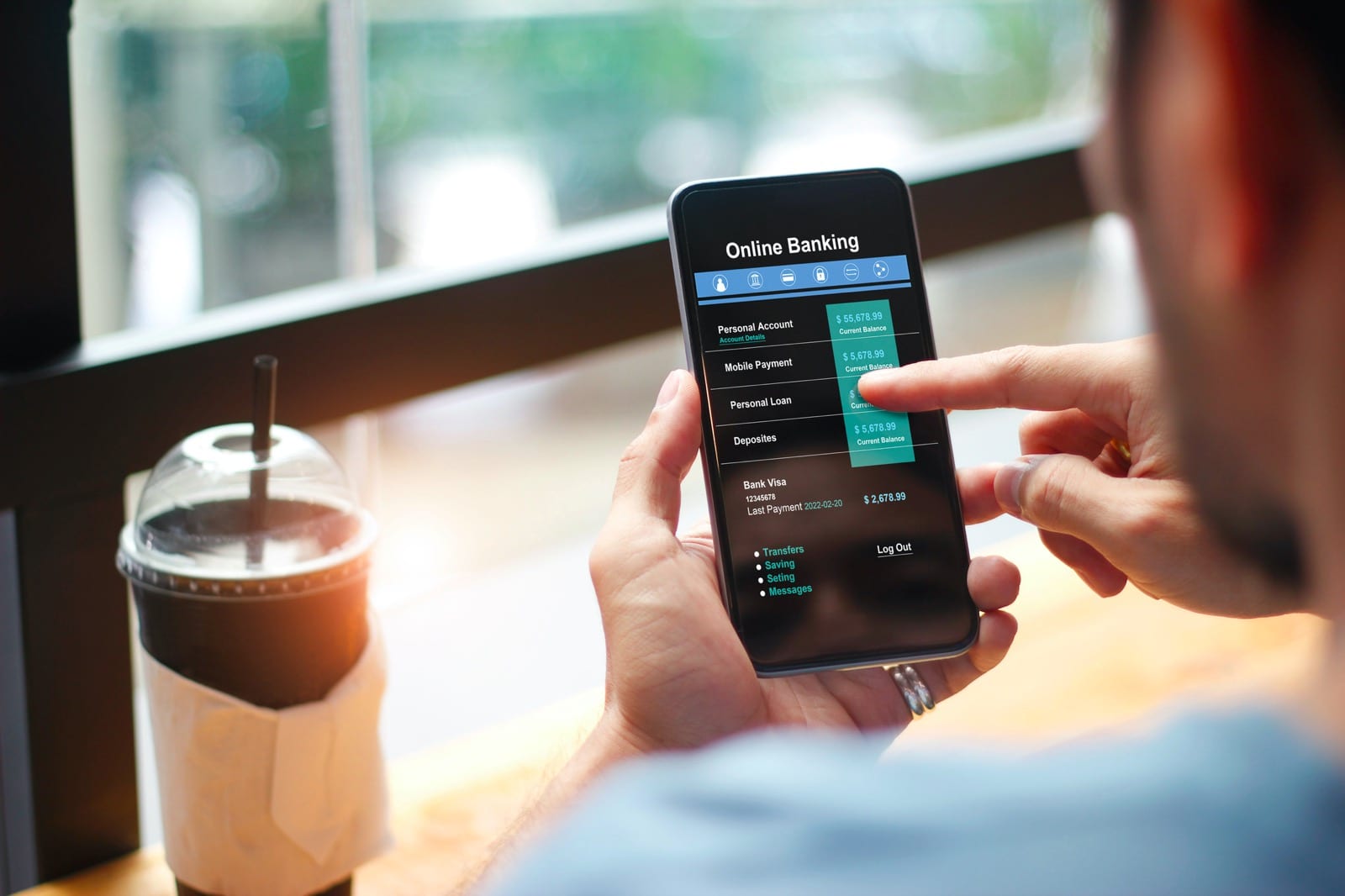Digital accounts are characterized by flexible and simple opening and by offering users the possibility for completing transactions and operations, checking balances or being aware of their financial situation at the click of a button. Hence, there are APIs that allow you to open bank accounts within third-party platforms, such as BBVA’s Accounts, available from BBVA API_Market.
This API allows users to open a digital account at BBVA in a matter of minutes, without leaving their home or exiting the application or website from which they are operating. We can find it on platforms that provide banking services such as buying and selling portals, online stores, crowdfunding platforms or establishments that seek to retain their customers.
What is a digital account?
Digital accounts are not very different from traditional bank accounts: they have an IBAN number, are regulated by bank security regulations, and allow traditional transactions such as payments and collections as well as balance and activity queries.
When you open a digital account through APIs such as Accounts, available at BBVA API_Market, you can also sign up for a debit card to make payments at all points of sale that accept it, both in physical and digital stores.
Digital accounts stand out for being easy to open, often with a few clicks and remotely; for having a low risk profile based on Regulation (EU) 1286/2014 (Order ECC/2316/2015 in Spain); for their range of traditional financial tools; and for their low cost to users/customers.
In order to integrate digital accounts into web/app platforms through APIs, one more advantage comes into play: users do not have to leave the process they are executing to create an external account. Instead, the platform itself allows for this possibility and presents the registration with a uniform esthetic.
How do you open a digital account?
Digital accounts can be opened quickly and from a cell phone, for example, or from your home computer. One such example is BBVA’s Fee-Free Online Account, which allows identification by video call to avoid a trip to the branch.
The latter was already a relevant aspect before COVID-19, but it is being essential now. To open one of these accounts you only need to have a cell phone with internet connection, and to know your ID card details and the account number of an account you are the holder of.

To open an account from Accounts, users must follow this procedure, without having to leave the environment from which they are operating:
- Users access the platform of the business in question, ask to open an account through the API, and enter their personal data based on the European PSD2 regulation. It’s a simple process.
- BBVA instantly validates this data and sends a message to the applicant’s phone. The SMS contains a unique single sign-on key to access the system. This is a security mechanism.
- Users enter this key into the application, confirming that they were the ones who started the process. This makes it impossible to open an account on behalf of other people.
- At this point, users receive an email to download BBVA’s application and start using the account. For example, adding funds or making payments.
This registration takes a few minutes. After this short period, users can use the digital account, as well as request an associated debit card.
Why implement an API such as Accounts in your business offering
All businesses work with customers and suppliers. Integrating an API such as Accounts provides these agents with a complementary service when making their payments and collections or keeping their accounting information up-to-date and, therefore, also brings added value to the companies that make use of these banking services in their systems.
Some B2B examples include a company with factories that invites its suppliers to use Accounts to be able to deposit payments with a link to the common platform they are already using as part of the business; or a chain of restaurants that allows its franchisees to open accounts from which to manage accounting assets.
The same tool is also very useful in the B2C segment. A crowdfunding platform can use these banking services to allow customers to manage their donations, and a company marketing “tokenized” investments can use these accounts for its users to exchange fractions with each other.
Giving customers and suppliers the ability to open a banked account is also a way to retain them. Having the ability to check balances or account activity, keeping informed about their financial situation or receiving a debit card are important reasons for users to question whether to leave a certain platform. Once implemented, these features act as exit barriers.
One of the biggest advantages of integrating bank accounts into platforms through Accounts is the ability to show a seamless esthetic to users, who do not need to leave the system to perform queries or operations and transactions. Easy day-to-day operations are key for customers looking for environments tailored to their needs.












